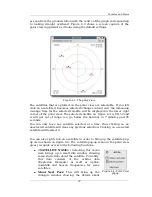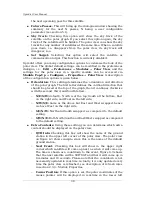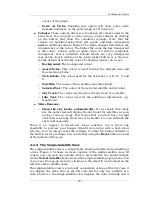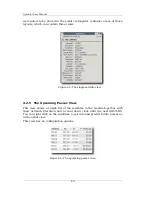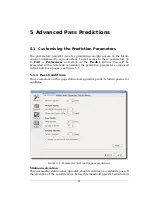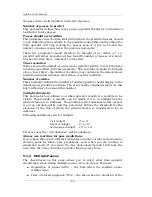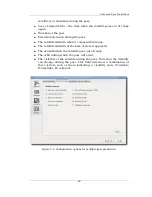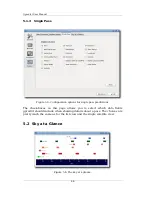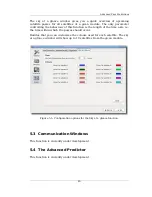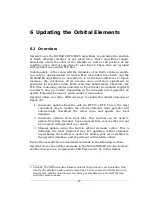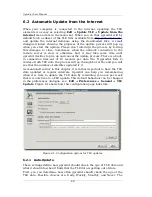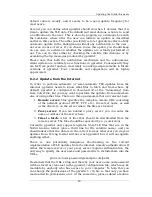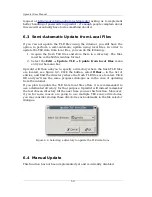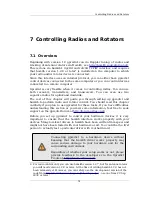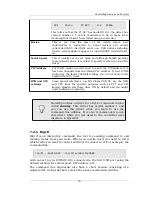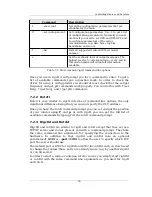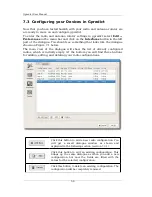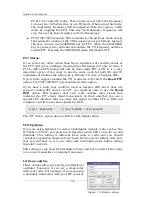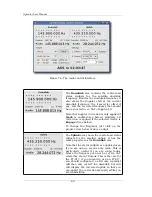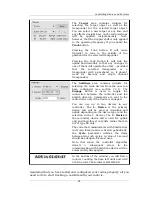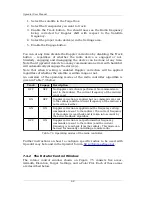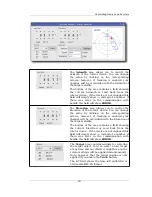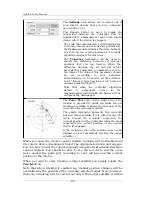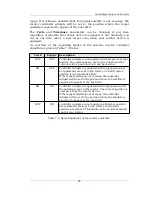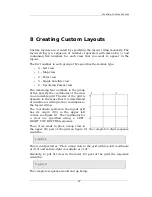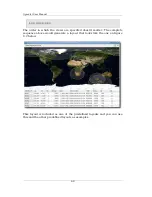
Gpredict User Manual
7.2 Hamlib Tutorial
This section gives you an introduction to hamlib and in particular to the
command line utilities that come with it. It is very important that you know
how to use these tools – otherwise you will not be able to configure
gpredict properly. If you are already familiar with the hamlib command line
utitlities you can skip this section.
Hamlib is a set of libraries that provide low-level radio and antenna rotator
drivers for applications such as gpredict. Besides the libraries hamlib
includes a few command line utilities that allow testing of the drivers.
These are:
●
rigctl
– allows you to send commands to your radio from the
command line
●
rotctl
– allows you send commands to your antenna rotator from the
command line
●
rigctld
– allows you to send commands to your radio via a network
interface using TCP/IP protocol
●
rotctld
– allows you to send commands to your antenna rotator via a
network interface using TCP/IP protocol
For testing the hamlib driver with your radio and/or rotator you will use
rigctl and rotctl. For setting up gpredict to control your devices you will
use rigctld and rotctld. All of these command line utilities have their own
manual pages that can be accessed by typing
man rigctl
in a terminal.
While this tutorial gives you a brief introduction to hamilb so that you know
just enough to configure gpredict, I strongly encourage you to study these
manual pages for a complete reference about these tools.
Before you can use the hamlib tools you will need to gather some info about
your devices. These are
Model number
This is the Hamlib ID of your particular radio or rotator. The
complete list of supported radios and rotators and their hamlib
ID can be obtained by executing:
rigctl --list
or
rotctl --list
If you are human and cannot read the whole list while it scrolls
by, try using
grep
or
less.
For example, to find the ID of the
YAESU FT-847 try:
rigctl --list | grep FT-847
52

